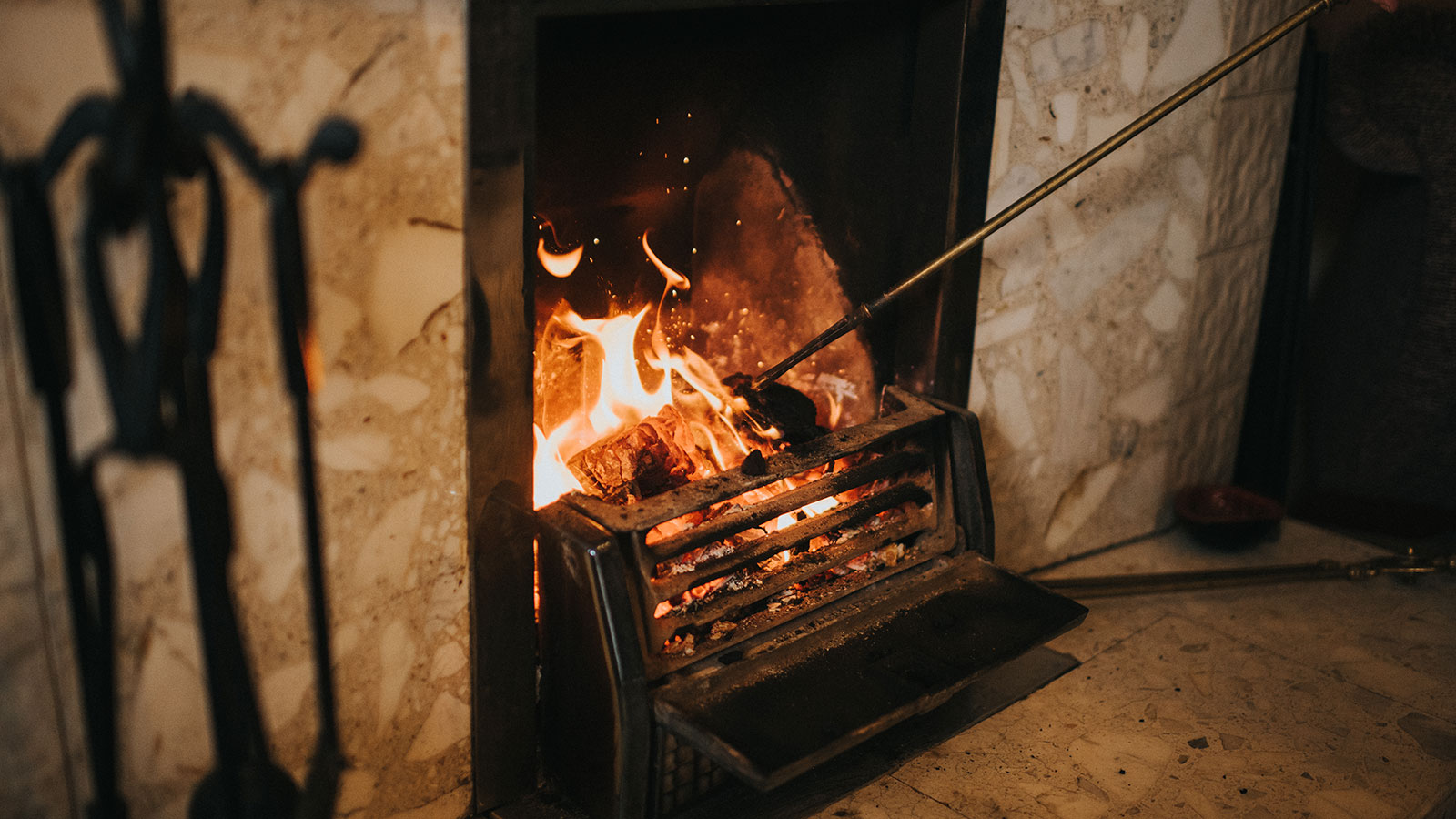Solar panels: An expert guide to the pros and cons
Should you invest in solar panels or are they not worth it? Find out the types available, how much they will cost and what extras to consider
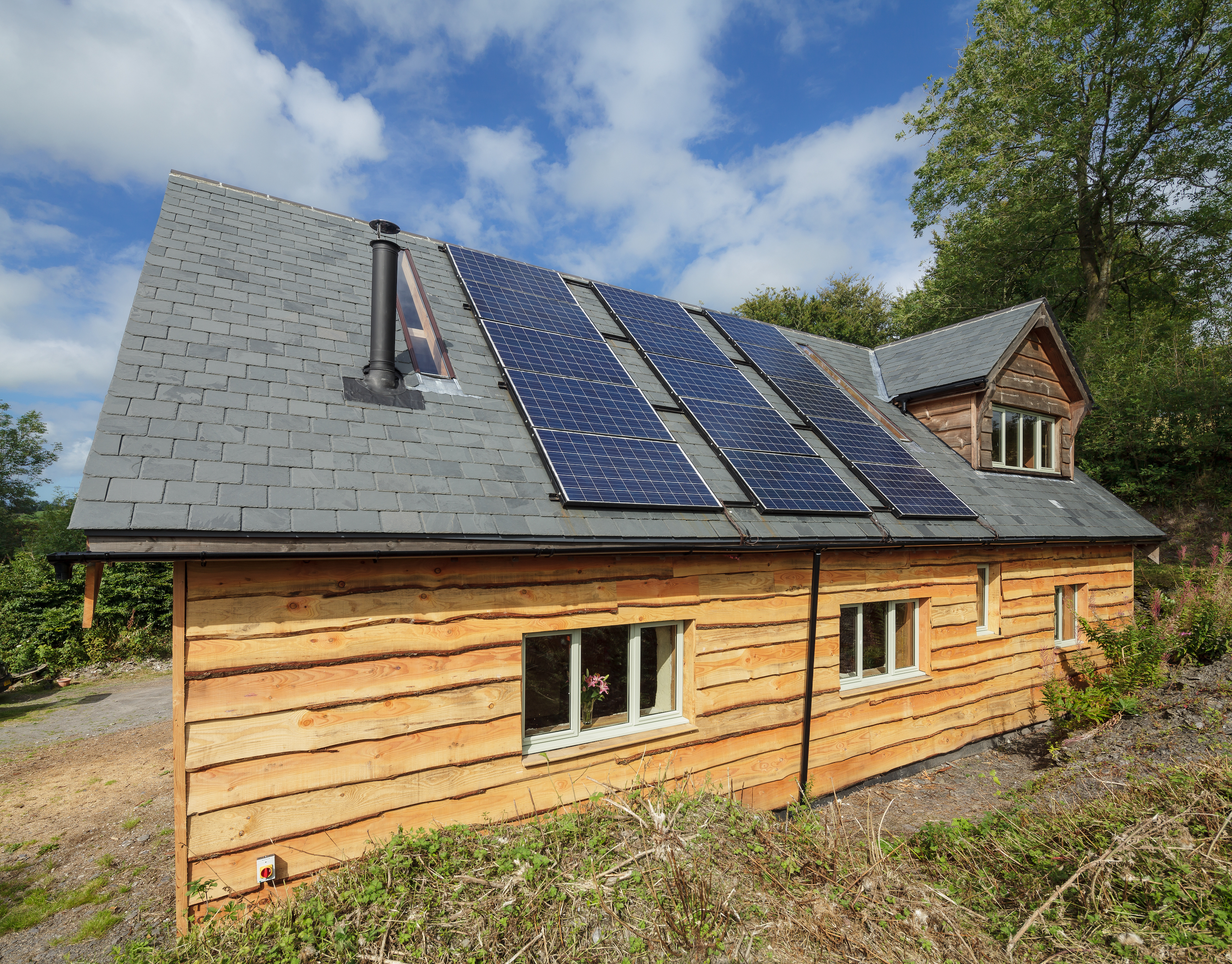
Solar panels are one of the most recognisable forms of renewable energy sources, but you’d be forgiven for thinking that they’re not suited to maximising their full potential in the UK.
However, while spells of sunshine may be short lived in this part of the world, there’s still a significant amount of energy that can be harnessed from the sun via solar panels.
When it comes to solar panels, it’s not one size fits all. There are different types best suited for different purposes — your choice of which will affect the cost and functionality, as well as the aesthetics of your home and which grants might be available to you.
Below we will take you through the decision to buy solar panels from start to finish, including benefits, disadvantages, installation and any grants which are available.
What Are the Three Types of Solar Panels?
There are two main types of solar panels: photovoltaic (PV) and thermal.
Solar PV panels generate electricity from sunlight and measure around 1600 x1000mm.
Solar thermal panels generate heat for use in your domestic hot water cycle. There are two main types of solar thermal panels:
Bring your dream home to life with expert advice, how to guides and design inspiration. Sign up for our newsletter and get two free tickets to a Homebuilding & Renovating Show near you.
- Flat panels that measure around 1000 x 2000mm
- Evacuated tubes that will have around 20 glass tubes that are made into a single collector
The third type of solar panels are Photovoltaic thermal panels, or solar PVT, which are a combination of solar photovoltaic panel and solar thermal panels in one module. They are sometimes known as hybrid solar panels.
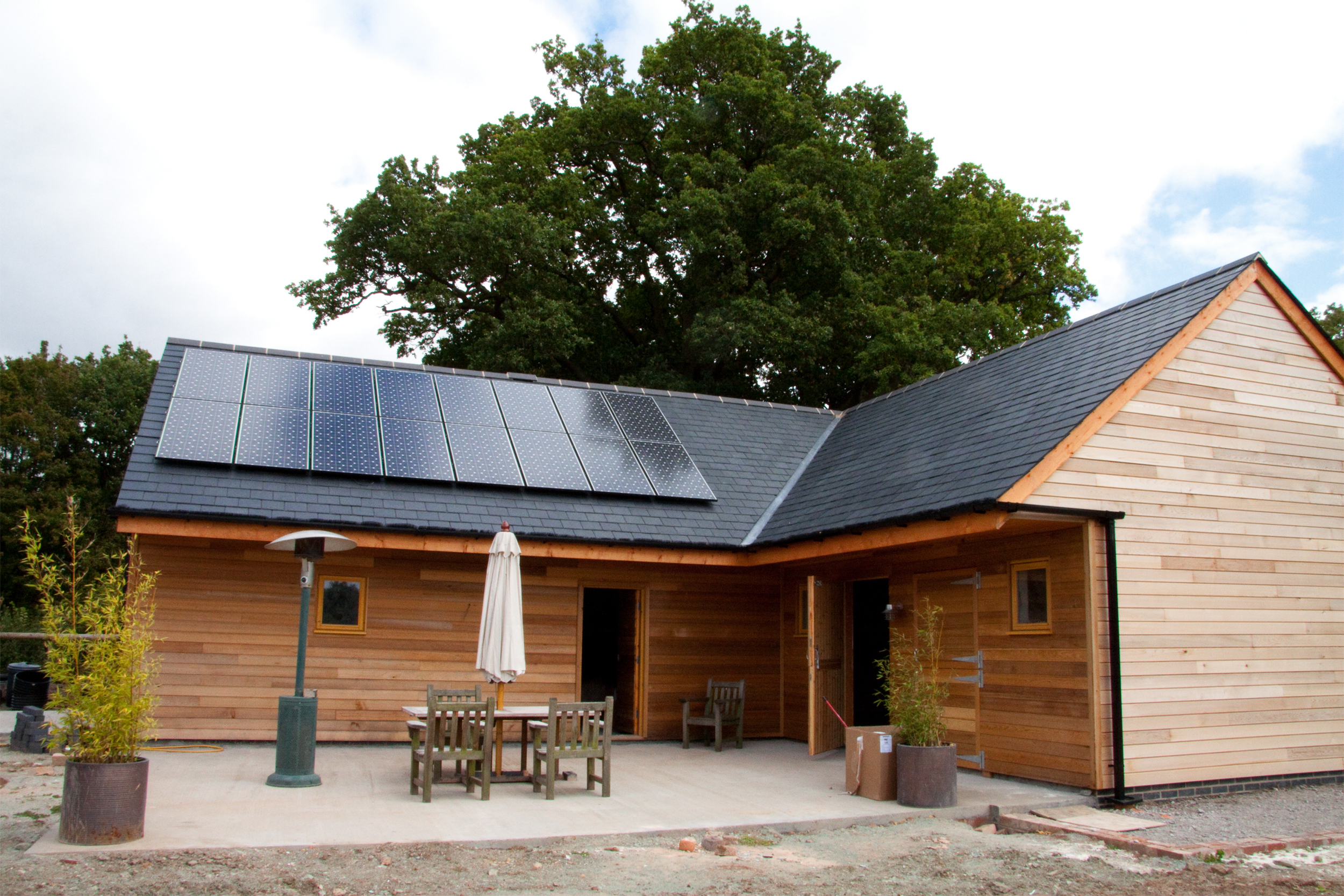
How Do Solar Panels Work?
Solar PV panels have very thin silicone cells that are doped in chemicals to make them sensitive to light. The light causes a reaction between the cells and an electric current is produced. The brighter the sunlight the greater the energy generation.
Solar thermal panels have a dark coated metal sheet in them that has copper pipe attached to it with water running through it. There is insulation behind the pipes and therefore any heat that is absorbed by the dark panel is then reabsorbed by the fluid in the pipe and moved to a hot water cylinder.
For more on the ins and outs of solar panels functionality, take a look at our comprehensive guide answering the question 'how do solar panels work?'.
Are Solar Panels Worth It?
Despite a few downsides, if green energy is important to your household then, yes, installing solar panels is worth it.
In the age of the Feed-in Tariff (FiT), solar panels were an exceptionally good investment. Not only did you get paid for the generation but you could use it too, therefore saving on buying in the electricity and balancing out the initial cost of solar panels.
"The closure of the Feed-in Tariff scheme in 2019 and the Renewable Heat Incentive this year have skewed the financial picture making it difficult to justify solar thermal (for hot water) or PV (for electricity), on purely financial terms," explains energy efficiency expert Tim Pullen. "But the current skyrocketing of energy prices means that both can make good, useful contribution."
Are Solar PV Panels Not Worth it?
To work our if solar PV panels are worth it you will need to calculate how much energy your household will generate annual, what percentage of that energy will be used in the home, what the cost is of energy that is being displaced by solar PV generation and therefore what the potential payback would be.
For example if you have natural gas going to your house and the cost of electricity is 15p/kWh and the cost of gas is 5p/kWh then if you use your generation to power your fridge and your washing machine you would offset 15p per kWh used. If, however, you redirect your generation to the hot water cylinder then you are actually only saving 5p per kWh.
Before you disregard this energy source entirely, it’s important to arm yourself with the right data. Localised information is available from websites such as PVGIS (Photovoltaic Geographical Information System), which gives up-to-date data on solar irradiance in different areas.
Is Solar Thermal Worth it?
"If you are using solar thermal to replace an oil or LPG heating system, then savings will be more significant, especially as the per-unit fuel cost continues to rise," adds John Gilham group technical manager at Green Building Renewables.
"For households on electric off-peak heating systems, savings will be more modest. The savings for replacing a gas system are more effective when it is a larger household with more people using hot water."
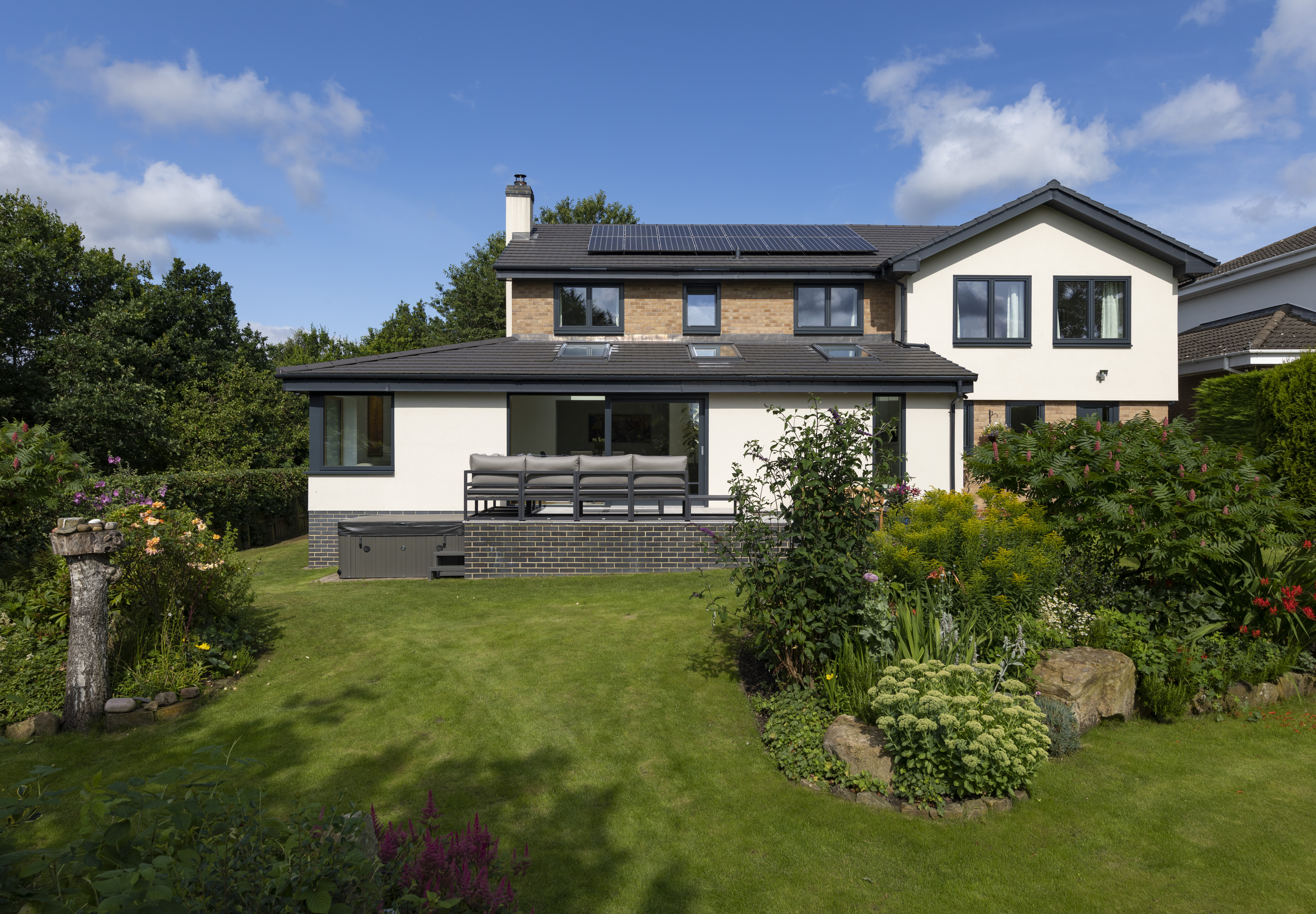
What are the Main Disadvantages to Solar Energy?
Solar panels are expensive, so they can sometime not be worth the initial outlay if you're planning to move home within the decade. ]
Also, while living with green energy is definitely a good thing to do in terms of the environment, solar panels might not be to everyones tastes on top of their homes. Alternative solar panel ideas could be to hide panels on a flat roof, or to install them elsewhere, such as on a garage or in the garden.
Further, solar PV panels can require a solar batteries if you're looking to store the energy generated and solar thermal panels need a hot water cylinder. Both of these require a certain amount of storage which not every home can afford.
How Many Solar Panels Are Needed to Power a Typical House?
Solar PV panels are only around 20% efficient, so you would expect to see between 12 to 16 panels on a typical 4kW system. Solar batteries enable homeowners to store electricity gained during the sunny summer months and to use them in the winter when the panels are less effective.
Solar thermal panels are actually around 80% efficient so you would expect to fit one flat panel (or 10 tubes) for every 100 to 120 litres of hot water storage capacity. Therefore if you have a 240 litre cylinder you would have two panels but a 300 litre cylinder may require three panels or 30 tubes.
While the effectiveness of solar panels is weather dependent, there are ways to optimise their efficiency to get closer towards a fully solar powered house.
The best fixed position for a solar panel in the UK is to face south on a pitch of around 35°. Any deviation from this will have a negative impact on the annual energy yield. The roof must be structurally sound enough to take not only the weight of the panels, but also the wind lift that may be caused by wind getting behind them.
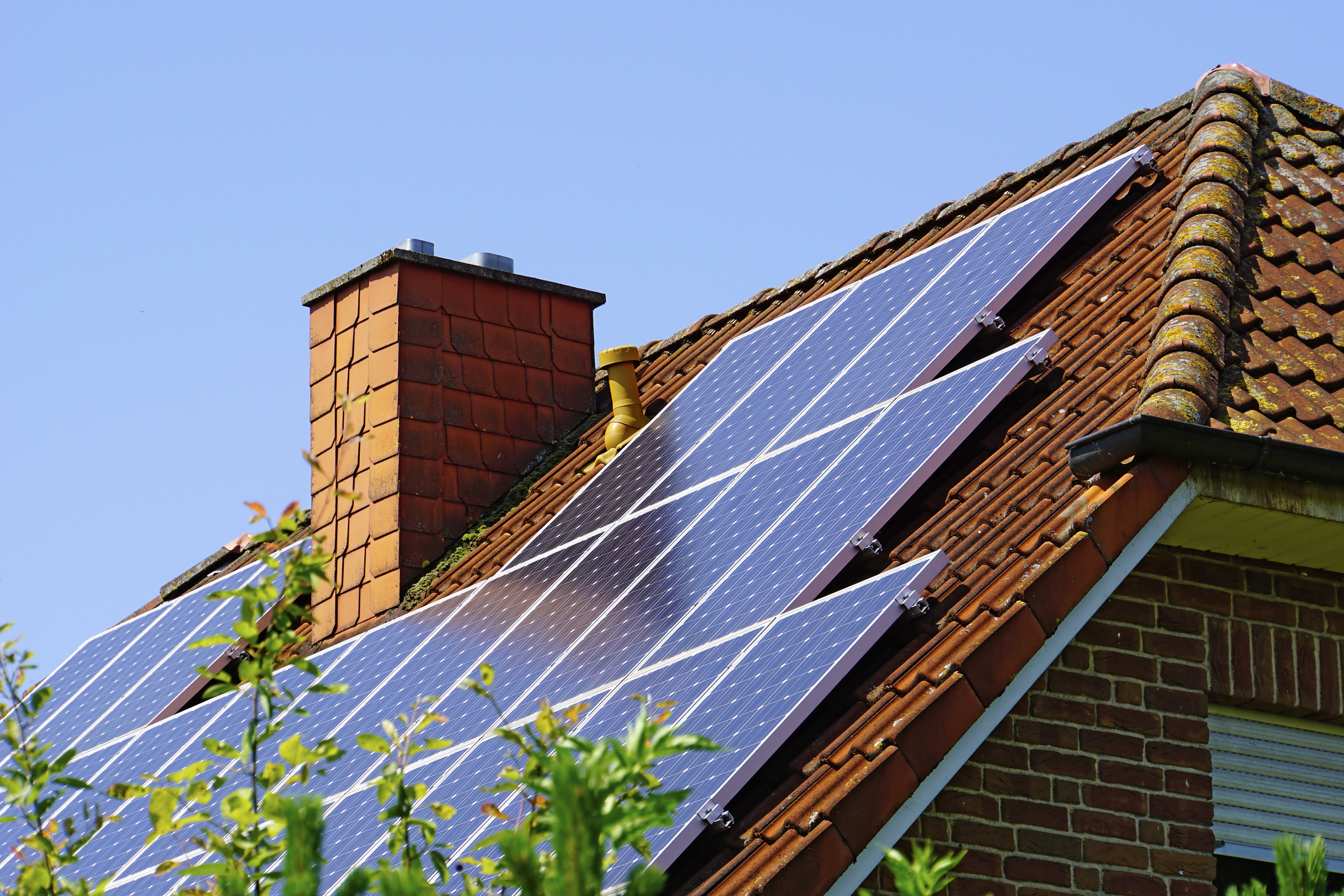
With PV panels, it is crucial to avoid any shading – even where one panel is in the shade, such as behind a chimney stack. This could cause the whole array to stop generating energy.
If shading is a risk then special design considerations need to be applied to mitigate or limit the reduction in generation.
How Much Do Solar Panels Cost?
On a typical 4kWp on-roof solar PV array we would expect to see between 12 and 16 panels (depending on the output of the individual panel) and the fully installed cost would be somewhere between £5,000 to £8,000 depending on the quality of the panels and the complexity of the site.
If the panels are integrated into the roof or are made to mimic the tiles or slates then the fully installed costs of a 4kW system would be expected to be around £10,000 to £15,000.
Solar thermal systems will usually require a new cylinder as you need two coils in it, one for the solar panel circulation and the second for the back up heater such as a boiler (gas, oil or biomass), or a heat pump.
Depending on the roof access and the cylinder location the cost to install a solar thermal system could be between £5,000 and £8,000.
Are There Grants Available for Solar Panels?
Solar panels used to benefits from various incentive schemes, including FiT, Renewable Heat Incentive and the Green Homes Grant, but these have all now ended.
The Energy Company Obligation Scheme has seen the government allocate £4billion towards solar panel (and heat pump) installation. This will mean that there will be a higher chance of solar panel grants over the coming years to soften the initial financial outlay.
Chancellor Rishi Sunak also announced in early 2022 that VAT for solar panels will also drop to 0% for five years.
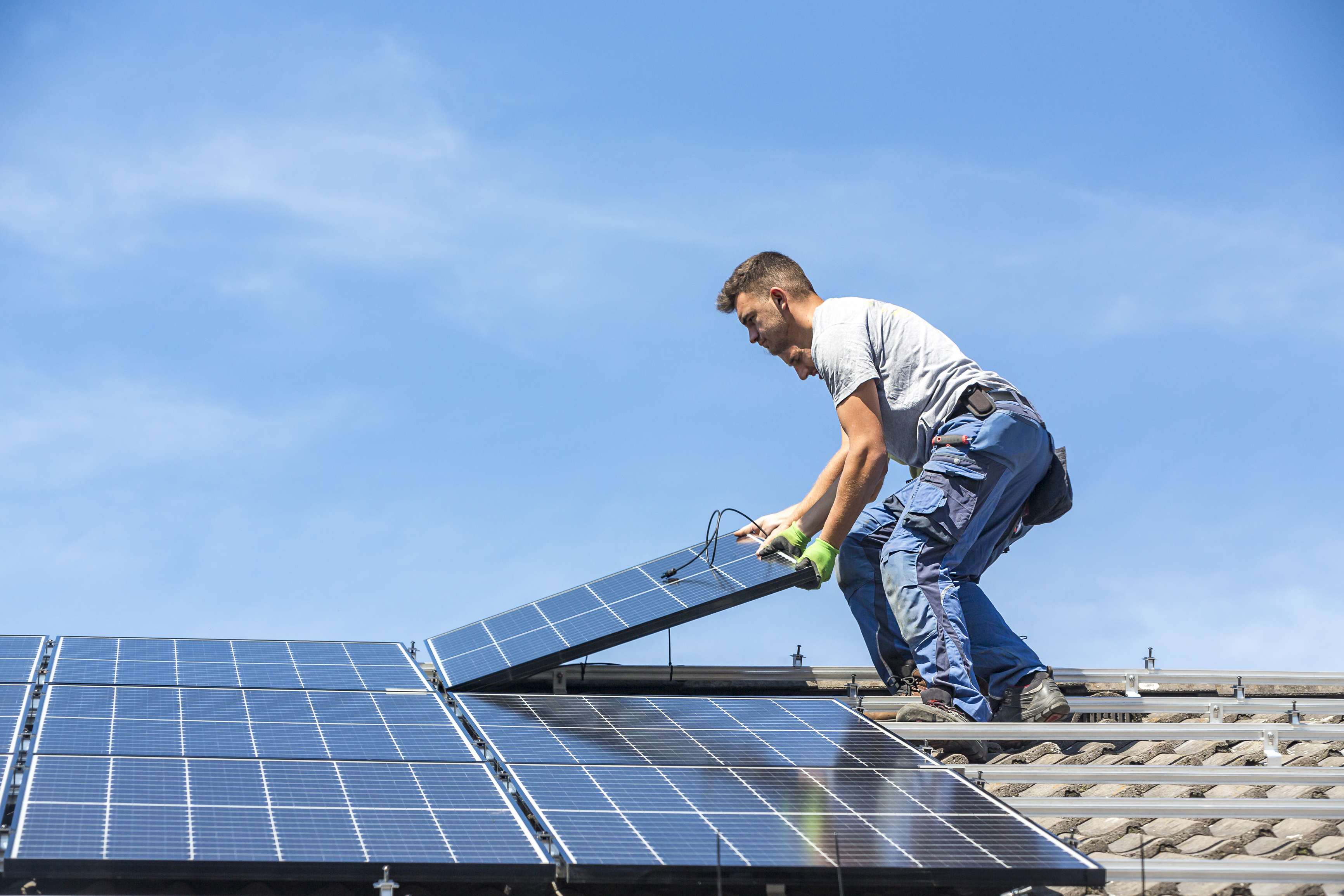
Do I Need Planning Permission for Solar Panels?
In most cases, solar panels will often fall under permitted development rules so you usually won't need planning permission for solar panels. These rules include amongst other details that the panels must not protrude more than 150mm off the profile of the roof, must not be higher than the highest part of the roof (not including the chimney) and must not face the road.
In all other situations then advice should be sought from the local authority before proceeding. Listed buildings and properties that fall within conservation areas or Areas of Outstanding Natural Beauty (AONB) will also have separate rules when it comes to the planning permission to fit solar panels.
How Are Solar Panels Installed?
Solar panels are installed either on the roof above the roof cladding, integrated into the roof either mimicking the cladding or as panels that are flush with the cladding.
Roof hooks are fixed to the roof trusses or rafters and aluminium rails are then fixed horizontally to the hooks. The panels are then bolted to the rails and (with PV) all the wires fed back to a device known as an inverter, which converts the generated energy into useable electricity for use in the home.
Solar thermal panels are also bolted to roof hooks but will have pipes connecting to a cylinder in the home.
David is a renewables and ventilation installer, with over 35 years experience, and is a long-standing contributor to Homebuilding and Renovating magazine. He is a member of the Gas Safe Register, has a Masters degree in Sustainable Architecture, and is an authority in sustainable building and energy efficiency, with extensive knowledge in building fabrics, heat recovery ventilation, renewables, and also conventional heating systems. He is also a speaker at the Homebuilding & Renovating Show.
Passionate about healthy, efficient homes, he is director of Heat and Energy Ltd. He works with architects, builders, self builders and renovators, and designs and project manages the installation of ventilation and heating systems to achieve the most energy efficient and cost effective outcome for every home.

